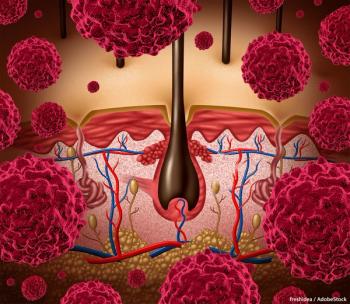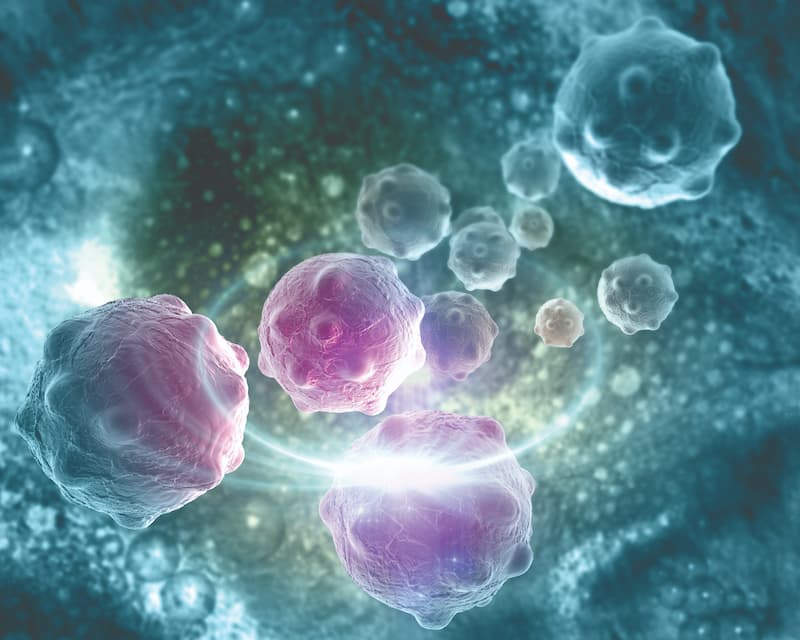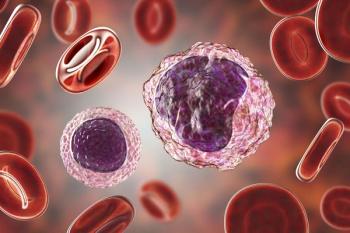
Dordaviprone Offers “Exciting” Option for Diffuse Midline Glioma Population

Historical standards for H3K27M-mutant diffuse midline glioma treatment may harm healthy central nervous system cells, according to Ashley L. Sumrall, MD.
The
Sumrall spoke with CancerNetwork® about limitations associated with historical standards for therapy in this patient population as well as efficacy and safety findings of clinical trials evaluating dordaviprone in both adult and pediatric patients. She also outlined next steps for researching dordaviprone in patients with H3K27M-mutant disease, including in earlier lines of therapy and dordaviprone-based combinations, as well as treatment options for patients who stop responding to the agent.
She concluded by outlining additional considerations for dordaviprone use in other regions of the brain beyond the midline for H3K27M-mutant disease. Finally, Sumrall explained that more research must be conducted to identify additional tumors that contain this particular mutation.
CancerNetwork: What have standard treatment options looked like for adult and pediatric patients with diffuse midline glioma harboring an H3K27M mutation? What are some strengths and limitations associated with these strategies?
Individuals who have diffuse midline glioma with H3K27M mutations have had [limited] treatment options. This tumor type affects children as well as adolescents and young adults, and up until now, the offered options have been surgery and radiation. We have not had any drugs or therapeutic agents to offer them. [Regarding] some of the issues with the previous treatments, if you have a surgery, you can cause [tissue] damage, and radiation [can damage] the brain or the spinal cord. [Radiation] injures the bad cells but also the healthy cells.
What does the accelerated approval of dordaviprone mean for patients who experience progressive disease following prior therapy?
It is exciting that the FDA approved dordaviprone for patients with diffuse midline gliomas. Up until now, it has been difficult to access therapy if you have this type of tumor. When the tumor progresses, individuals are looking for clinical trial opportunities, and there have been limited choices. I will frequently get messages and emails from people who live outside of the US who are looking for access. Now that the drug is approved, it will be available to many more people, and that will be exciting. Also, we can start to explore other ways to treat patients with this condition.
What efficacy data support the use of the agent in this population with H3K27M-mutant diffuse midline glioma?
We have been [quite] fortunate to work with this compound, using it for patients who have had progressive glioma. We have also had a study open for patients with newly diagnosed disease, and we have worked with adults [as well as] children and adolescents. If you look at the data that we have collected over the years, we have noticed a few things. First, the drug is well tolerated for children and adults.
Also, we have data from the adult study [showing] that individuals experienced stable disease or partial responses to therapy. When they experience these responses, they tend to be durable; they last for months. The duration varies depending on the location of the tumor [as well as] the age of the patient, but we continue to follow individuals [who] are on the studies, and we are hopeful that we will get even better data.
Are there any unique toxicities associated with dordaviprone that clinicians should be aware of? What are some best practices for managing or mitigating these toxicities?
One of the nice things about dordaviprone is that it is an oral agent, and it is given once weekly. [Education] for patients and families is straightforward. If you look at the available data, many of the profiled adverse effects are rare [and have low severity], so they do not happen to many of the patients.
For example, patients may report fatigue, but it is common for patients with brain tumors to report fatigue. Headaches can happen, but that is also something that is common for patients with this condition. We did find, in the pediatric population, there were some [patients who] had a little more nausea and vomiting, so we monitor for that. Then we found that the lymphocyte count was decreased in some [patients], and we recommend routine blood monitoring.
What are next steps for researching dordaviprone or improving outcomes among these patients?
Before the FDA approval came through, many of us were enrolling patients in a phase 3 study called the ACTION trial (NCT05580562), where we started patients on treatment before progression happened.3 That is one of the areas where we will have some unanswered questions. How soon do you start this [treatment]? The label is for recurrence.
The other thing that we are interested in pursuing is, if we combine this with another therapy, is that helpful? Lastly, we know that there are patients who respond to the medicine and then the response stops. How can we study what happens to these [patients]? What happens in the tumor that they develop some sort of mechanism [causing the] tumor to grow around this therapy?
What do you hope colleagues take away from this conversation?
Many clinicians are not familiar with this subtype of brain tumor. This tumor was described several years ago, and it is still considered to be rare. One thing that we have learned is that these diffuse midline gliomas that possess this particular mutation [can be found] in other parts of the brain.
In our work, we have seen that individuals with tumors outside of the midline or down in the cerebellum may have this mutation. Now that we have this exciting therapeutic agent, we need to place an emphasis on testing and learning more about what types of tumors may possess this mutation. My guess is there are more tumors out there, but we are still learning about [them] as we move forward.
References
- FDA grants accelerated approval to dordaviprone for diffuse midline glioma. FDA. August 6, 2025. Accessed August 12, 2025. https://tinyurl.com/5hdypp4h
- Sumrall A, Allen J, Bagley S, et al. Efficacy and safety of dordaviprone (ONC201) in prospective clinical trials of adult and pediatric recurrent H3 K27M-mutant diffuse glioma patients. J Clin Oncol. 2025;43(suppl 16):10017. doi:10.1200/JCO.2025.43.16_suppl.10017
- Arrillaga-Romany I, Lassman A, McGovern SL, et al. ACTION: a randomized phase 3 study of ONC201 (dordaviprone) in patients with newly diagnosed H3 K27M-mutant diffuse glioma. Neuro Oncol. 2024;26(suppl 3):173-181. doi:10.1093/neuonc/noae031
Newsletter
Stay up to date on recent advances in the multidisciplinary approach to cancer.































































































